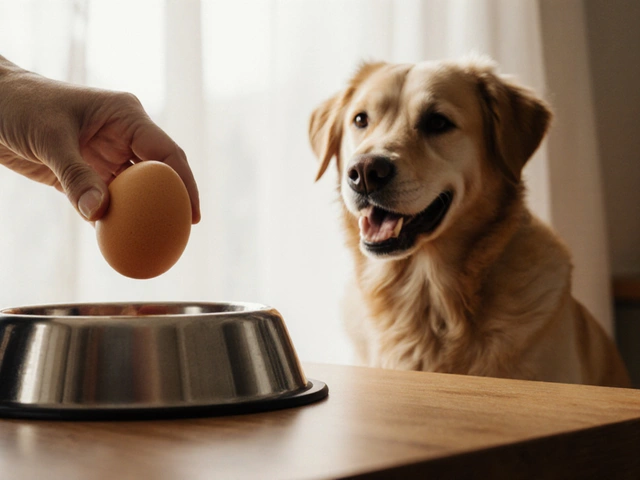Age for Crate: When to Start Crate Training Your Dog
Crates can be a lifesaver for new puppy owners, but you might wonder, "When is the right time to introduce a crate?" The short answer: you can start as soon as the pup is home, usually around 8 weeks old. That’s when most puppies have enough neck control to sit up, stand, and turn around without hurting themselves.
Why Crate Training Matters
A crate isn’t a punishment; it’s a den‑like space that gives a dog a place to relax and feel safe. It also helps with house training, prevents destructive chewing, and makes travel easier. When you begin early, the dog learns that the crate is a normal part of daily life, not something scary.
Ideal Age to Introduce a Crate
Most breeders hand over puppies at 8 weeks, and that’s a solid starting point. At this age the puppy’s immune system is still developing, so you’ll want the crate to be clean and well‑ventilated. If you get a puppy younger than 8 weeks, wait until they’re fully weaned (around 6 weeks) before using a crate for longer periods.
For older dogs, you can still crate train – just be patient. A 6‑month‑old may need a few extra sessions to get comfortable, but the process is the same: short, positive stays with treats and praise.
Key signs the puppy is ready:
- Can hold its bladder for at least an hour.
- Can stand and turn around without falling.
- Shows curiosity about new objects.
If your pup can do these, grab a crate that’s just big enough to stand, turn, and lie down – about 1.5 times the length of the dog.
Start by placing the crate in a quiet, family‑centered area. Toss a blanket in, leave the door open, and let the puppy explore. When they wander in, toss a treat and give a cheerful "yes!". Keep the initial sessions to 5‑10 minutes, then gradually increase the time.
Never force a puppy inside or lock them for long periods right away. If they whine, pause and try again later. Consistency beats length – a few short, happy sessions each day beat one long, stressful one.
Here’s a quick 3‑step routine you can follow:
- Introduce: Place a favorite toy or chew inside, leave the door open, and let the puppy sniff.
- Reward: When the puppy steps inside, give a treat and praise.
- Close briefly: Gently close the door for 1‑2 minutes while you’re nearby, then open and reward again.
Repeat this a few times a day, slowly extending the closed time. By the time the puppy is 12 weeks old, most can stay in the crate for 30‑45 minutes without issue, which is perfect for short trips to the vet or grocery runs.
Remember to never use the crate as punishment. If your dog associates the crate with negative experiences, they’ll avoid it and the training will stall. Keep the tone upbeat, use treats, and make the crate a happy spot.
When bedtime rolls around, the crate can become the dog’s night‑time nest. Turn off bright lights, play soft background noise if needed, and ensure the crate is in a calm part of the house. Most puppies will settle down quickly once they know they’re safe.
In a nutshell, start crating at 8 weeks, keep sessions short and positive, and watch your dog grow into a well‑behaved, confident crate user. The earlier you begin, the smoother the whole process will be for both of you.

At What Age Should a Dog Not Sleep in a Crate? Key Signs and Tips
How long should your dog sleep in a crate? This article dives into the signs that your dog is outgrowing the crate, the best age to let them sleep outside, and practical steps for a smooth transition to a dog bed. You'll also find useful tips to keep your dog feeling safe and comfy and learn why timing matters for their well-being. If you're unsure when to say goodbye to the crate, this guide has your back.
read more


